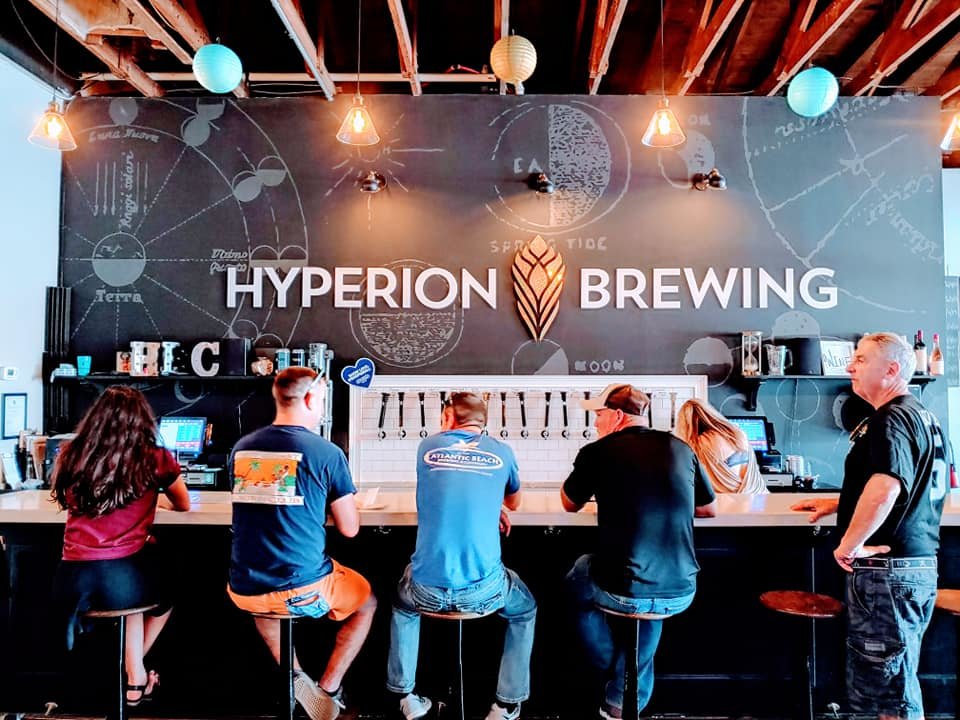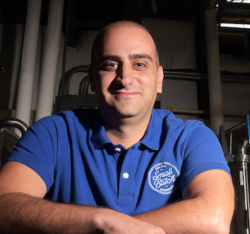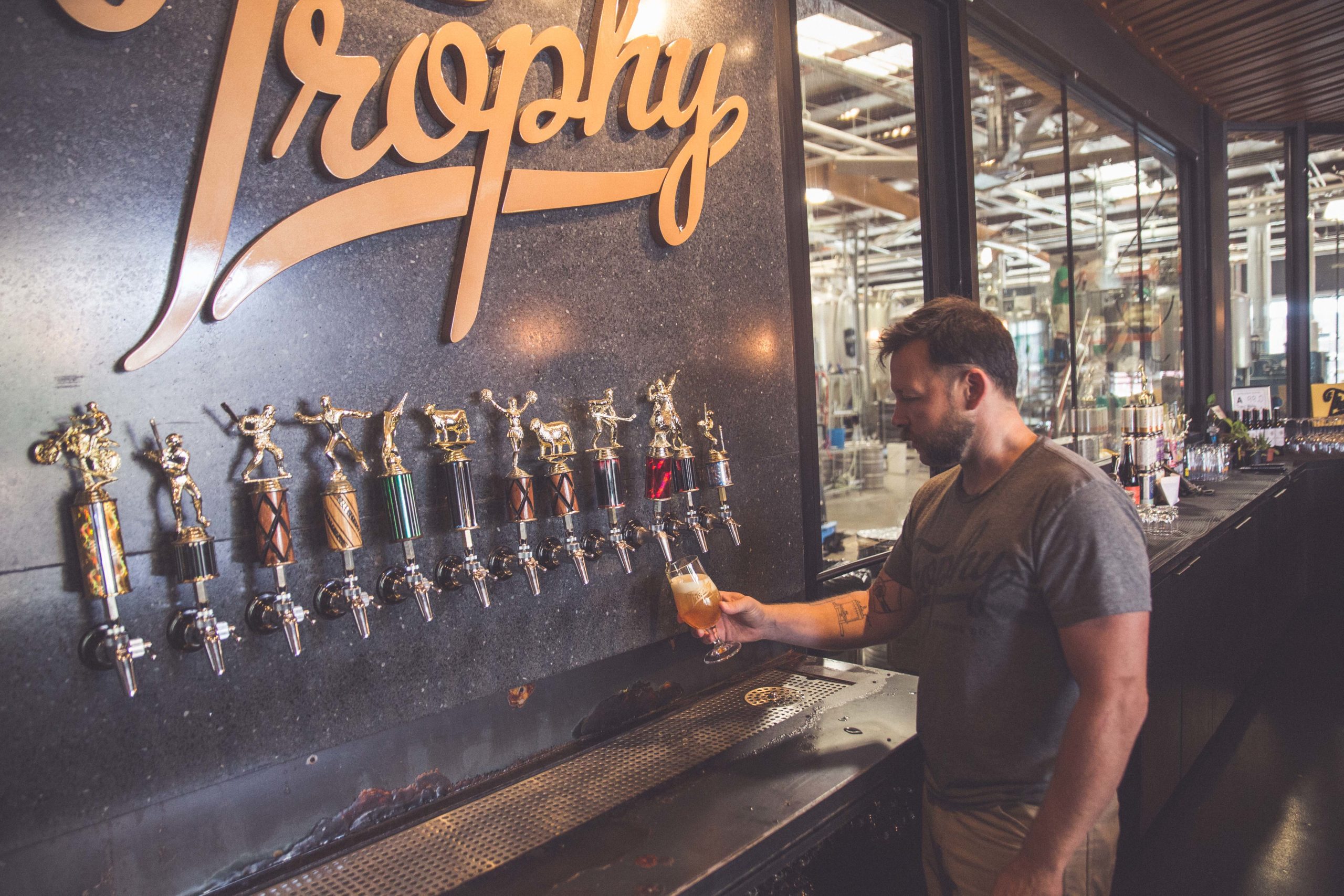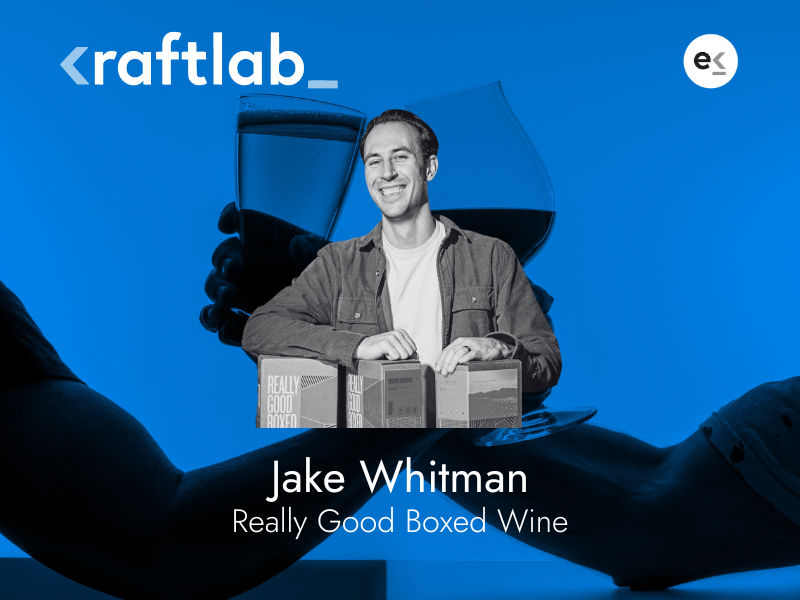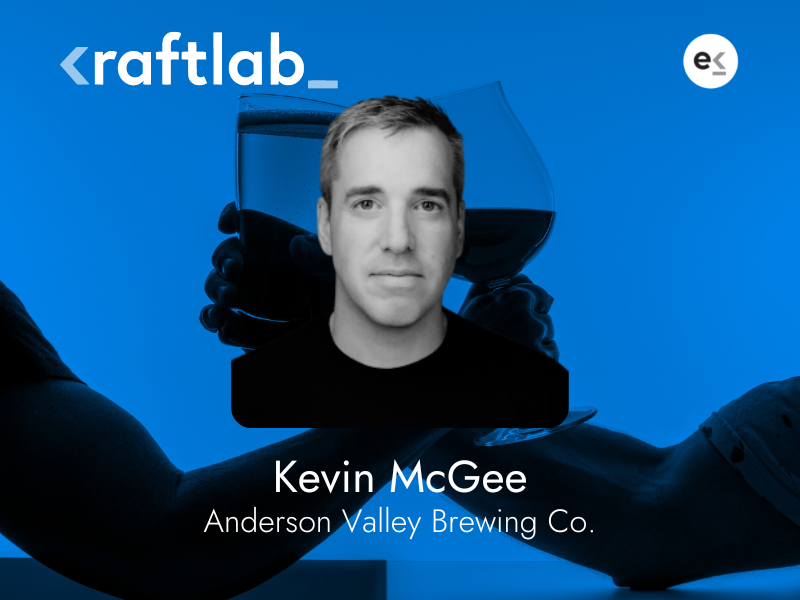Insights on naming your brewery and reaching the right customers
Small Batch Standard launched The True Craft Podcast earlier this year, and as the host, I have learned an immeasurable amount from our conversations with brewery owners and industry experts. What I’d like to share with you today is an excerpt from our third episode, where we spoke to two brewery marketing experts: Brandon Skall from DC Brau and Alexandra McKeown from Hyperion Brewing.
Table of contents
A Game Of Brewery Marketing
I truly believe running a brewery is a craft beer marketing game. Of course, the liquid needs to be exceptional, but advertising and marketing are critical factors that drive the bottom line. Most customers purchase with their eyes, what they know, and what they’re comfortable with. The goal is to have your brand top-of-mind.
And as Brandon put it when spoke, this can start from day one:
“You have to be able to bring people into what you’re doing and into the industry from outside of it. Back in 2010 when we first started, we put everything on Facebook. You can go to the Facebook page for DC Brau, go back to those first posts, and you’ll see us planting hops, building out the brewery, and it was really a great way to get people involved and pull them into what we were doing. We gained followers pretty quickly and we really saw the impact of that on opening night at Meridian Pint, where all these people were excited and there for the debut.”
Because of these early and continuing efforts, Brandon and the team at DC Brau have proven themselves to be a DC staple. Obviously, there may be a local audience in nearly every brewery’s neighborhood, but to really create a community in the way DC Brau and Hyperion have, you need to take it a step further.
Who Are You Talking To?
I can ignore someone yelling at a crowd. It’s much harder to ignore someone speaking directly to me, looking me straight in the eye. I have no choice but to acknowledge what they’re saying. And this is why personalized messages win every time.
It’s important early on to identify who the target consumer is and speak to them throughout all levels of your brewery marketing. However, this isn’t static. You need to regularly examine your marketing strategy and tactics to ensure you’re speaking to your desired audience.
I asked Brandon about this. Here’s what he said:
“As we developed and grew, we spent more energy on who our customers are. Who are the end consumers who are actually consuming our product?”
With this new focus on identifying their customer base, they conducted a survey to find out who was buying their product:
“We found out that the people who were drinking our beer were white guys in their twenties with beards and dogs. That was our takeaway, and we wanted to be more inclusive than that. That was not our goal. Inclusivity and diversity have been values of the brewery since day one.”
Surveys provide direct feedback that can be translated and put onto paper, but, as Brandon notes, needs to be put into motion with ongoing accountability. Some questions you might ask:
- Who is represented in your brewery marketing material?
- Who do you see in the images on your website?
- Does this reflect your customer profile?
Alex at Hyperion also notes the importance of visual representation in this process as well:
“It’s all about visuals. I’m more likely to buy something if I see myself in the marketing of a company. We’re the type of marketers who think about what the visual looks like to the consumer, not just ‘oh, it’s easy to take a picture of whoever’s in the bar that day.’”
This level of awareness represents a critical step in ensuring the brewery’s customer base reflects the community and the goals of the brewery, and is welcoming to all.
High-Level Branding Choices
Speaking of visuals, there are two early brewery marketing decisions that change a brewery’s path forever: name and logo.
Here’s a snippet of Alex talking about how they chose the name Hyperion:
“We wanted to be different from our future competitors and partners in the city, and Hyperion has a ton of cool visuals attached to the name. He’s a comic book hero, he’s a Greek titan, he’s a god, and he shows up in pop culture all over the place. We loved the strength of that name, we loved the history of that name, so we went with one bold, strong name that we thought could make an impact on the market, and we followed the celestial nature that Hyperion is.”
As for the logo, Alex and her partner took inspiration from art-deco style architecture and the style around the Jacksonville neighborhood of Springfield. “That was our way of tying in the fancy, celestial nature of the Hyperion name, but also honoring the architecture that exists in the community.”
Brandon gave us the perspective of naming DC Brau:
“We wanted something short and iconic that was a tribute to the traditions and history of brewing, as well as a tribute to where we’re from. The idea of our brewery was always to be community-centric and to give back to Washington D.C. I’ve always said that having DC in our name and not giving back to the community would be dishonest to our consumer.”
They wanted to pay homage to their city and to the rich history of brewing, so they came up with the iconic name, DC Brau, and they’ve been a hotspot for the city ever since.
Learning from the Masters
As I said earlier, I truly believe running a brewery is a marketing game. And with the opportunity to talk to brewery marketing masters like Brandon and Alex on a regular basis, this has only become more clear to me over time.
More broadly, the biggest benefit I’ve gotten personally from podcast conversations like this one is that it’s allowed me to take a deep dive into the mind of craft experts, with in-depth discussions on all things craft beverage related. And I think that’s something all of us in craft could use a little more of.
If you’d like to hear more, visit sbstandard.com/podcast and subscribe.
